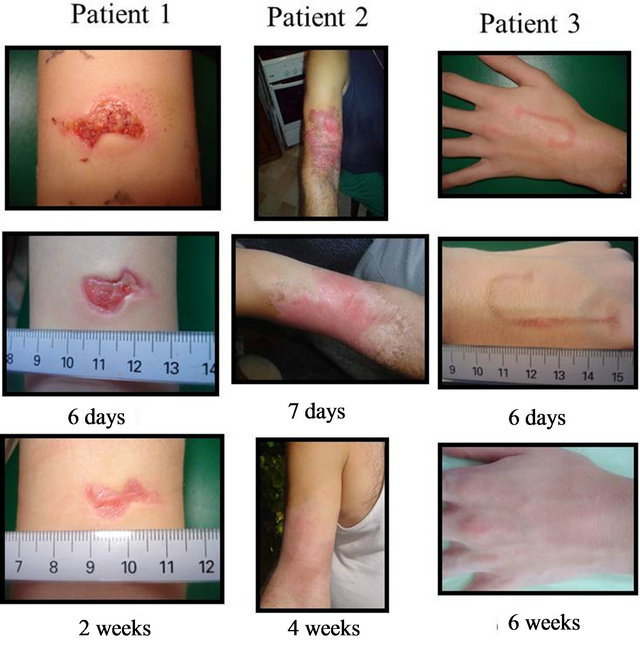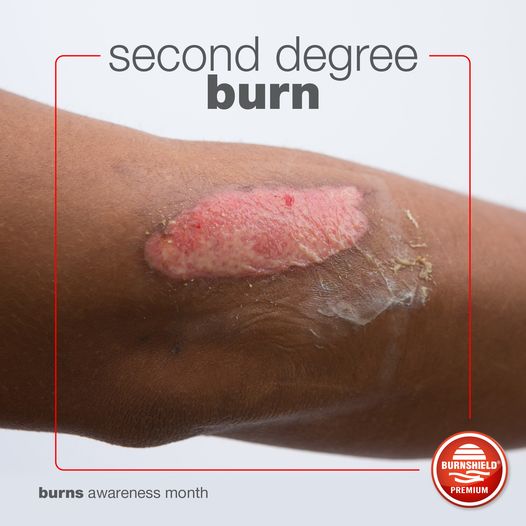
Superficial partial thickness (superficial second-degree) burnĪ second-degree burn affects the epidermis and part of the underlying dermis and has clear blisters and wet, erythematous skin.
#2nd degree burn wound care skin#
This involves the epidermis or top layer of the skin and is erythematous (red and inflamed), painful, and dry. A scald is the most common type of burn injury in children and older adults.Ĭontact: caused by contact with heated materials such as metals, glass or plastic.Īs a result of coming into contact with strong acids or alkaline substances.īurns are described as first-degree, second-degree or third-degree, depending on the extent of damage to the skin:

Scald: caused by contact with hot liquids, such as water, oil. These are caused by fire, explosions, steam, hot objects, hot liquids, etc.įlash: caused by explosions from gas or flammable liquids, thermal radiation.įlame: caused by exposure to prolonged and intense heat, such as a fire. There are many different types of burn injuries, and they are classified according to the source of the injury and the extent of skin damage. Rush burn victim to the nearest hospital for medical attentionĪbout different degree burns, common causes and symptoms Patients with burns that extend over a joint will require occupational and physical therapy too. In view of this, patients often have to be on scar management rehabilitation involving skin grafting and scar therapy, and it can take between 18 months and two years to heal. This is because one of the major post-burns complication is hypertrophic scarring (usually slightly raised and occurs within the initial area of the wound).

Severe third-degree burns would definitely require prolonged treatment. The latter includes wound debridement (removal of non-living tissue from wound), excision (surgical removal of part or all of the non-living tissue) and skin grafting. Major second-degree burn, treatment options include occlusive dressing (Air- and water-tight dressing), and surgical interventions. Treat different degree burns differentlyįirst-degree burn typically is treated at home with the application of an antibiotic ointment from a home emergency kit. The size and depth of the burn determine its treatment and management.Ĭooled with running water for at least 15 minutes, before medical help arrives.


 0 kommentar(er)
0 kommentar(er)
